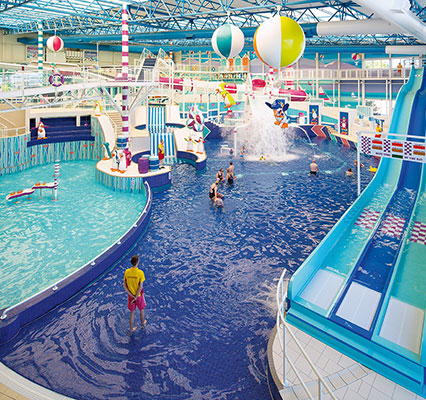There are several football formations that a manager can choose for his or her team to get the best results, depending on team strengths, the state of play and the ability of the side that they’re playing against.
The most common and adaptable football formation used in UK football is the 4-4-2 (otherwise called the diamond formation), which is made up of four defenders, four midfield and two strikers. This offers greater opportunity for the midfielders out on the wings to come forward and support the strikers. Conversely, one of the midfielders could have the chance to support the defence.
So, if as a coach, you’re looking at football formations and wondering which one to use, then the 4-4-2 would be a good bet… but there are plenty of others.
What is a football formation?
Football formations were developed as numeric structures in the 1950s and are used widely at all levels of football, whether it be professional or amateur. The layout of the formation begins with the defence, then midfield, then forward and the formation itself may alter throughout the game to change the focus.
Other formations, on top of the more popular 4-4-2, include the 4-5-1 formation which is primarily more defensive and places greater dependency on the wingers to support the lone striker when making an attack.
And there’s the 4-3-3 formation, which encourages the wingers to take a more forward role (although, to be fair, it could be argued that this is what they do in a 4-5-1 formation). When it comes to a totally defensive line up, a manager may plump for the 5-3-2 formation which offers a really solid wall of defence, so, as you can see, there’s plenty of choice out there.
Defensive and Offensive
If you’re wondering about the usefulness of a particular formation for defensive or offensive purposes, then it’s certainly worth considering the pluses and minuses of the different formations. It also becomes easier to see why a manager may look to change the formation during the game to alter the focus.
If they want to keep the scoreline the same, for example, they might look to move to a more defensive structure, whereas, if there is a greater need to score, then they may change the position of the team to a formation which is better for attack.
The choice of formation will reflect the way in which the manager would like the team to play, so it’s a great way to understand how a match might pan out.
Think you’re ready? Join up for one of our tournaments
If you are the manager of a youth side and would like to try out some of your team formations against other teams from all over Europe, then you might be interested in the ESF Festival of Football 2017.
We have tournaments taking place across the UK and in Disneyland, Paris, so, if you think you’re ready, why not sign up for one of our events today?





